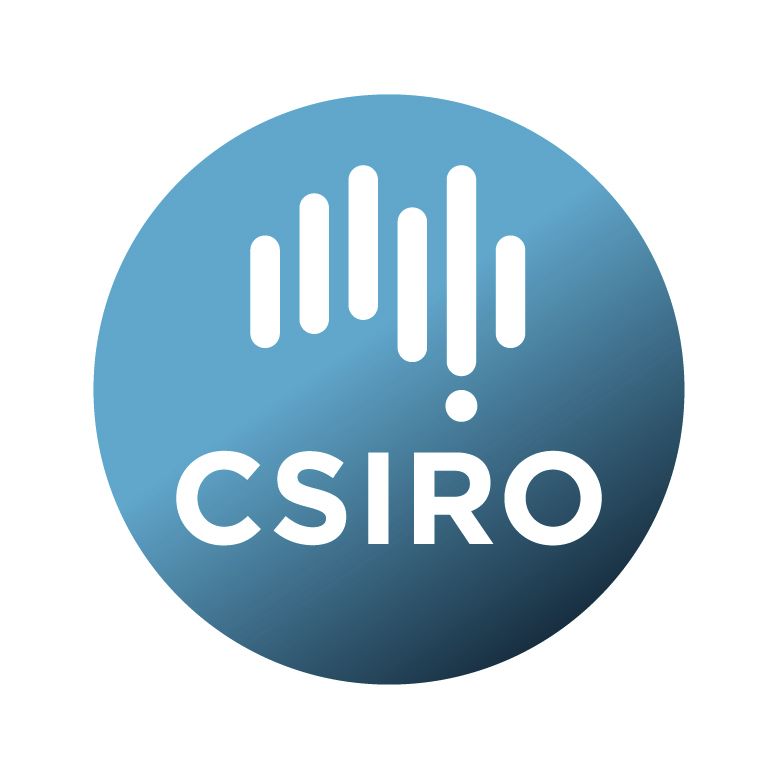Brief description
High resolution (30 m) land cover and cropping maps in GeoTIFF format for two main rice types in northern Bangladesh, dry season Boro rice (January to May) and wet season Aman rice (October to January) for the cropping seasons of 1989–1990 to 2015–2016. Other land cover types include other vegetated type, water, water non-permanent, and bare. The values in the Boro season are as follows: 10 represents Boro, 11 and 13 represent other vegetated areas, 14 represents water, 15 represents water non-permanent and 16 represents bare. The values in the Aman season are as follows: 20 represents Aman, 23 represents other vegetated areas, 24 represents water, 25 represents water non-permanent and 26 represents bare. Value 0 is a null value in both rice season maps. Associated GeoTIFF maps show the number of months missing in each pixel per mapping season per cropping year (using the unfilled monthly composite images) as a guide for quality.Lineage: The data used to produce the maps encompassed nearly three decades of Landsat TM/ETM+/OLI TOA reflectance data from several satellite platforms, sourced and pre-processed through the freely available petabyte archive and geostatistical processing power of Google Earth Engine. Geospatial techniques were used to reduce gaps in the data. A combination of unsupervised K-means clustering and supervised Random Forest Machine Learning algorithms were implemented to produce a predictive model that includes vegetation indices and other covariates, which explain the phenology of different land cover types.
Available: 2020-06-30
Data time period: 1989-10-01 to 2016-05-01
Subjects
Earth Sciences |
Other Earth Sciences |
Other Earth Sciences Not Elsewhere Classified |
Remote sensing |
irrigation |
machine learning |
rice |
User Contributed Tags
Login to tag this record with meaningful keywords to make it easier to discover
Identifiers
- DOI : 10.25919/5EC4FCFBBB3C4

- Handle : 102.100.100/348531

- URL : data.csiro.au/collection/csiro:44520



